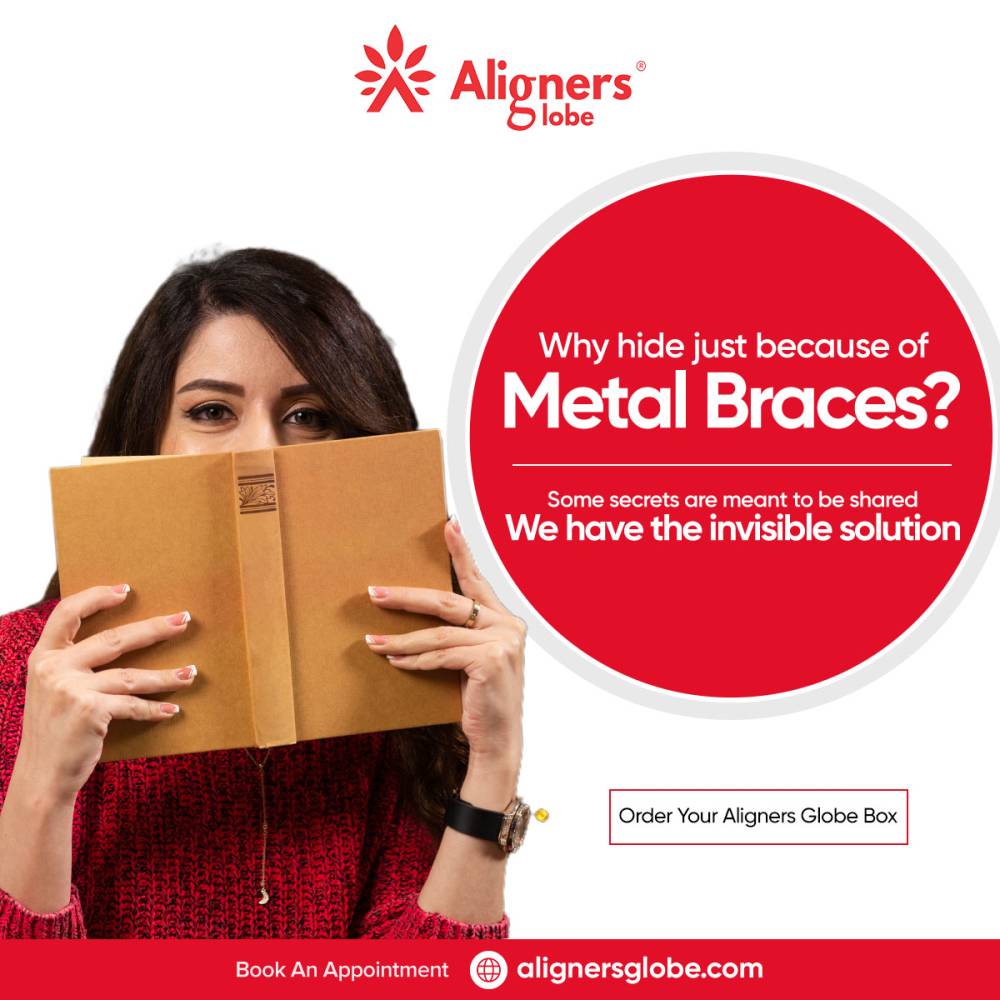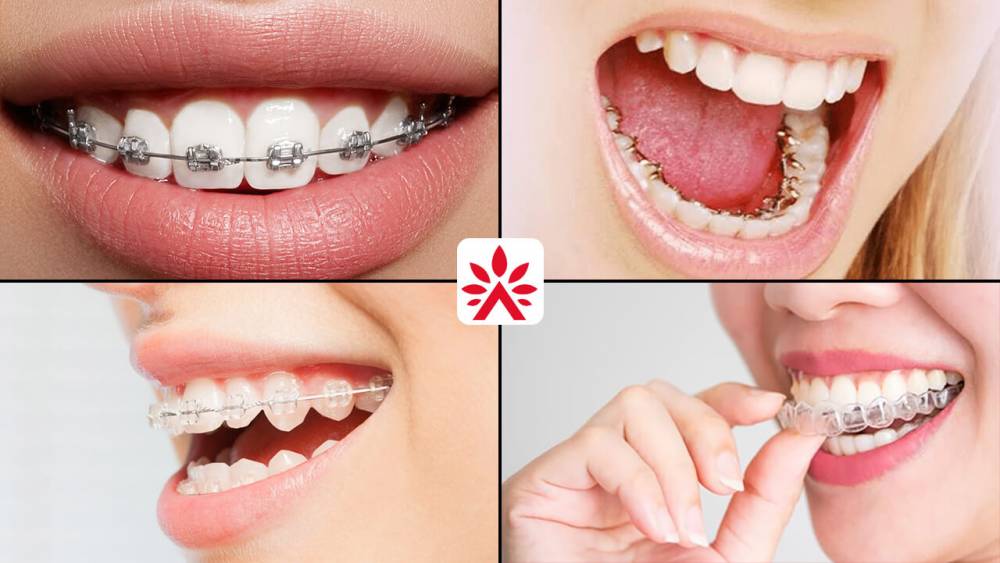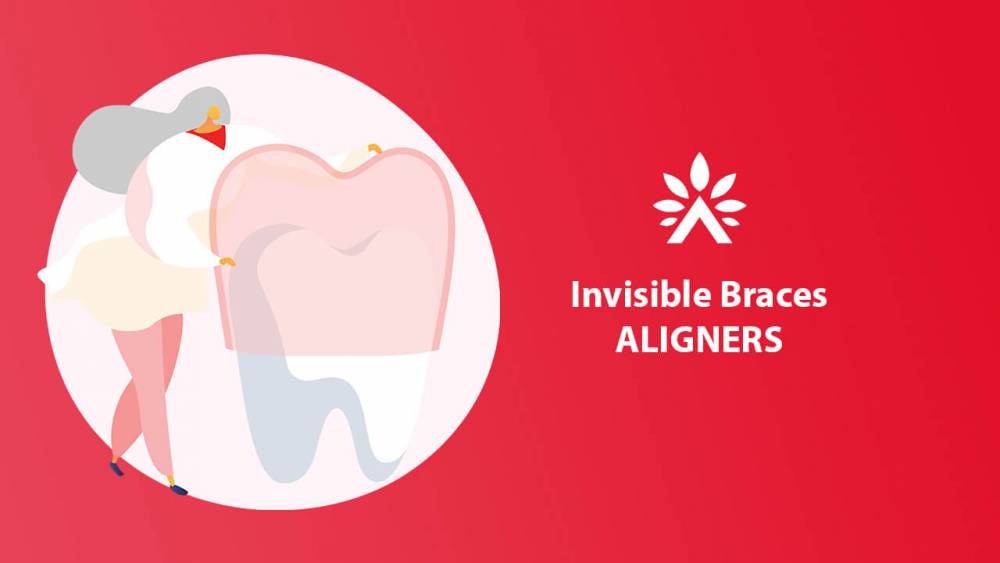
Misaligned teeth/Malposed teeth/malalignment of teeth/Misaligned jaw/malalignment of jaw: Do I Need to Get Them Straightened?
When it comes to fixing malposed teeth or misaligned jaw the first thing that comes to mind is; why? But before we get into that, let us first discuss what misaligned teeth are.
What do we mean when we say malalignment of teeth?
This term refers to any malocclusion, misalignment, or malposition of teeth. This is a common problem faced by many children and adults and mostly occurs during the mixed dentition phase (between 6 to 12 years) when primary teeth (baby teeth) are being replaced by permanent teeth.
What causes misaligned jaw?
Misaligned jaw could be due to genetics or can be created by oneself in the later stages of life.
Genetics
This is something that is not in our hands. If one or both parents have or had misaligned jaw or malposed teeth, there is a possibility that it will be passed on to you too.
Conditions such as jaw size, overbite or underbite, and the number of teeth present in the oral cavity are inherited from your parents.
This is probably the most common cause of malalignment of teeth.
Jaw size
Jaw size can either be inherited or affected by our dietary habits. The modern diet consists of processed food, which is soft and does not require a lot of chewing and is believed by many scientists to be the reason behind a smaller jaw size in the general population.
Now, what does a small jaw size have to do with malposed teeth? Well, let’s discuss it in detailes.
When the permanent teeth erupt (between 06 years to 13 years of age), they replace the baby teeth (also called primary dentition which start erupting at the age of 6 months to 2.5 years).
Permanent teeth are larger in size except for premolars than baby teeth and need space to erupt properly. A small jaw size means there is a lack of space which leads to the permanent teeth erupting haphazardly.
In the case of a larger jaw size, the permanent teeth may erupt in their designated positions but the excess space may lead to gapped teeth (affecting speech).
Number of teeth in the oral cavity
An excessive number of teeth in the oral cavity known as a supernumerary tooth is also a genetic condition in which a person may contain more than the normal number of teeth (i.e., 32).
This condition also causes crowding or misaligned teeth and can lead to functional problems (e.g., affecting chewing and speech)
Early loss of baby teeth
Baby teeth are a guide for permanent teeth. They help guide the permanent teeth to erupt at their designated position.
One can lose a baby tooth earlier time than expected, which can be due to trauma or a grossly carious/infected tooth requiring removal/extraction. This leads to the permanent tooth growing in a distorted position rather than erupting straight.
Bad habits
Bad habits include excessive usage of pacifiers or bottles, thumb sucking or tongue thrusting, and mouth breathing.
These, when done during the early stages of tooth eruption can cause malalignment of teeth.
Injury or trauma
A hard blow to the face during an accident or fight can cause loss of the tooth or displacement, resulting in one or more malposed teeth or malalignment of jaw.
Poor dental restorations
A dentist is supposed to mimic the natural anatomy of the tooth when it comes to fillings or dental crowns/bridges. Failure to do so can result in becoming malposed teeth.
Why do we need to straighten or align malposed teeth or misaligned jaw?
Like we said before, this is probably the first question that pops up in everyone’s head when the orthodontist tells them to get them straightened.
Improper cleaning
Malalignment of teeth makes it almost impossible for a person to maintain good oral hygiene, which leads to bacterial growth and gum inflammation (gingivitis).
If not treated properly and on time, this can lead to periodontitis, which causes bone loss and eventually damages the teeth by causing mobility and premature loss of a tooth.
Difficulty in chewing
Malalignment of teeth and misaligned jaw can cause difficulty in chewing due to improper occlusion, which can lead to digestive problems.
Affects speech
You must have seen people with malalignment of teeth or misaligned jaw having a lisp or distorted speech. This sometimes makes it hard for other people around them to understand the words clearly.
Overcrowding, overbite or underbite, and gapped teeth are some conditions that affect speech and require correction.
Damage to other teeth
Malalignment of teeth resulting in improper occlusion may cause damage to other teeth in the oral cavity.
It can cause tooth wear, tooth fracture due to excessive force, or TMJ (temporomandibular joint) pain due to excessive pressure on the teeth, gums, and jaw.
Aesthetic
This is more of a personal choice, unlike other reasons discussed later on.
Malalignment of teeth not only affect a person’s health but their appearance also. Too many, this is not bothersome but to some, this may be of utmost importance.
People may complain that they are unhappy with their smiles because of protruded or misaligned teeth. They also complain of lip incompetence because of protruded upper anterior teeth (also called buck teeth)
What are the treatment options to fix misaligned teeth and misaligned jaw?
Treatment options available are:
Dental braces
Aligners
Teeth straightening jaw surgery
Jaw Growth modification appliance
You can discuss with your orthodontist the treatment options and go ahead with the one that suits you best and is also recommended by your orthodontist.
Braces
There are various options available from gold braces, and metal braces to ceramic or lingual braces.
Braces are a good option for those with a severe case of misaligned teeth and can be done at any age. It is more suitable to get braces at a younger age as it is much easier to mend the jaw bone, teeth, and gums in children.
They may be accompanied by dental appliances, such as headgear or jaw expanders (palatal expanders)
Treatment can take up to 6months to three years depending on the movement of teeth with biweekly or monthly appointments.
With braces the orthodontist is in control of the forces, hence, it is a great option for people who lack the commitment required for invisible aligners.
Payment plans for different types of braces include monthly installments of the total amount quoted, be it in Pakistan or the US.
Here are different types of braces which you can choose from:
Metal Braces
These are the most common types of braces used around the world and have been around for more than 100 years. They are the cheapest braces option available in the market.
The drawbacks of metal braces are that they are irritable and not as aesthetically pleasing as compared to other types of braces.
Cost of Metal Braces
In Pakistan, metal braces cost you around Rs. 50,000 to Rs. 300,000, while in the US they cost around $3000 to $7000.
Ceramic Braces
Ceramic braces are made of clear, tooth-colored material and are much more aesthetically pleasing as compared to traditional braces (metal braces).
These braces are preferred by people who do not want aligners, because of their noncompliance but want braces that are not too visible and also an affordable option.
Cost of Ceramic Braces
Ceramic braces cost more than metal braces and cost around Rs. 80,000 to Rs. 350,000 in Pakistan and $4000 to $8000 in the US.
Lingual Braces
These are a more specialized type of braces and require a skill that not many orthodontists acquire. They cost a lot more than other types, as they require special lab work to produce the lingually adaptable braces.
These are best for people who require complex orthodontic treatments that can only be treated by braces but would prefer their braces not to be visible at all. Once it was preferred as a discreet option when Aligners were not common.
Cost of Lingual Braces
Lingual braces cost around Rs. 250,000 to Rs. 600,000 in Pakistan and $8000 to $10000 in the US.
Gold Braces
Gold braces are very much like traditional metal braces. They are also made of stainless steel but the only difference is that they are gold plated.
They are preferred over metal braces because they are more aesthetically pleasing and are less likely to cause an allergic reaction.
They are sometimes preferred more by the elite class as it shows a high socioeconomic status, hence are more preferred by celebrities. Teenagers inspired by Celebrities mostly prefer them.
Gold braces are rare in Pakistan and you may have to talk to your orthodontist about the arrangement of gold braces before your treatment.
Gold Braces Cost
They are available in the US and cost around $6000 to $8000.
Aligners
Invisible aligners are clear trays worn by patients on their own, as they are removable braces and are a good option for teens and adults with aesthetic concerns, as metal braces are visible and fixed braces and aligners are nearly invisible.
The orthodontist will scan your misaligned teeth and with those scans, an orthodontic treatment plan will be designed using the 3D software. Once approved, the custom-made trays will arrive in a box that fits over your teeth like a mouth guard and you take it home along with you because there is no orthodontist involvement after you get the box, unless you need to discuss anything in between. Each tray is worn for 15 days. After 15 days you have to switch to the next tray, in this way, completing all trays till the end will let you achieve your ideal smile. The patient is supposed to wear the tray for 22 hours a day and if they are not committed, the results may take longer than expected, or the treatment may not work at all.
Aligners cost
The cost of aligners varies between Rs. 150,000 to Rs. 400,000 in Pakistan, while, in the US they cost roughly $2000 to $9000.
Teeth straightening surgery for treatment of misaligned jaw
Your orthodontist may suggest teeth straightening surgery if your jaw is way too forward or backward or sideways and you reported late to the orthodontist after the completion of your both jaws growth. It is a more invasive method in which the jaw bone is fixed with surgery to properly align both your upper and lower jaw. In this case, the misalignment is too severe to be fixed by braces alone.
Teeth straightening surgery can be avoided if parents seek orthodontic treatment as early as 7 to 14 years of life because protruded upper jaw and retruded lower jaw or vice versa is easily manageable with orthodontic appliances like headgear, maxillary expander, etc.
Takeaway
Malalignment of teeth or misaligned jaw is a common problem experienced by children, teens and adults combined.
If you have malalignment of teeth or a misaligned jaw it is harming your daily life and want to get them fixed or straightened, book an appointment with our orthodontists to come up with a treatment plan best suited for you. We have orthodontic centers all across the globe. We ensure you have a pleasant smile journey with our product Aligners.
Frequently Asked Questions (FAQs)
Q. What is the appropriate age for braces?
You are never too old to get braces. The ideal time to get Dental braces is between 12 to 18 years of age but you can get braces when all adult teeth are in the mouth be it whenever however if you see any change in jaw shape or teeth position you must consult with an orthodontist, because of early diagnosis of the issue, the lesser the treatment period and charges. Teams of orthodontists are on our panel all across the world. Book an appointment today.
Q. What type of braces is the best?
Aligners are the best braces all across the world due to their unmatched benefits and guaranteed results. For more details click here.
Q. How can I naturally align my teeth?
You cannot align your teeth naturally. The only way to do so is with the help of the orthodontic treatment options available in our orthodontic centers.
Q. Can wisdom teeth cause misalignment?
Wisdom teeth cannot directly cause shifting of the teeth. Many people believe that the pressure from wisdom teeth can push the front teeth forward, but it is a misconception.
Q. Can misaligned teeth cause problems?
Yes, they can! Misaligned teeth can cause tooth decay and gum diseases as it is hard to clean the teeth properly and at later ages Temporomandibular joint problems.
Q. Why do teeth shift back after braces?
Braces put forces on teeth to move them into the proper position, once the braces are off this pressure is lost and the ligaments activate their muscle memory and cause the teeth to move back to their old position.
That is why dental retainers are necessary after every orthodontic treatment to avoid relapse. There are two types of dental retainers. You can visit the dental retainer page on our website to know how much time you have to wear them and which dental retainers are best for you.
Q. What are the side effects of braces?
You will be surprised to know there is no side effect of Aligners because they are plastic trays that you can remove on your own, on the other hand, other types of fixed braces like metal, ceramic, and lingual braces can irritate the gums, and tongue, changes in speech, tooth decay, inflammation of the gums, unable to maintain good oral hygiene and difficulty in eating.
Posted On 21 Aug, 2022


